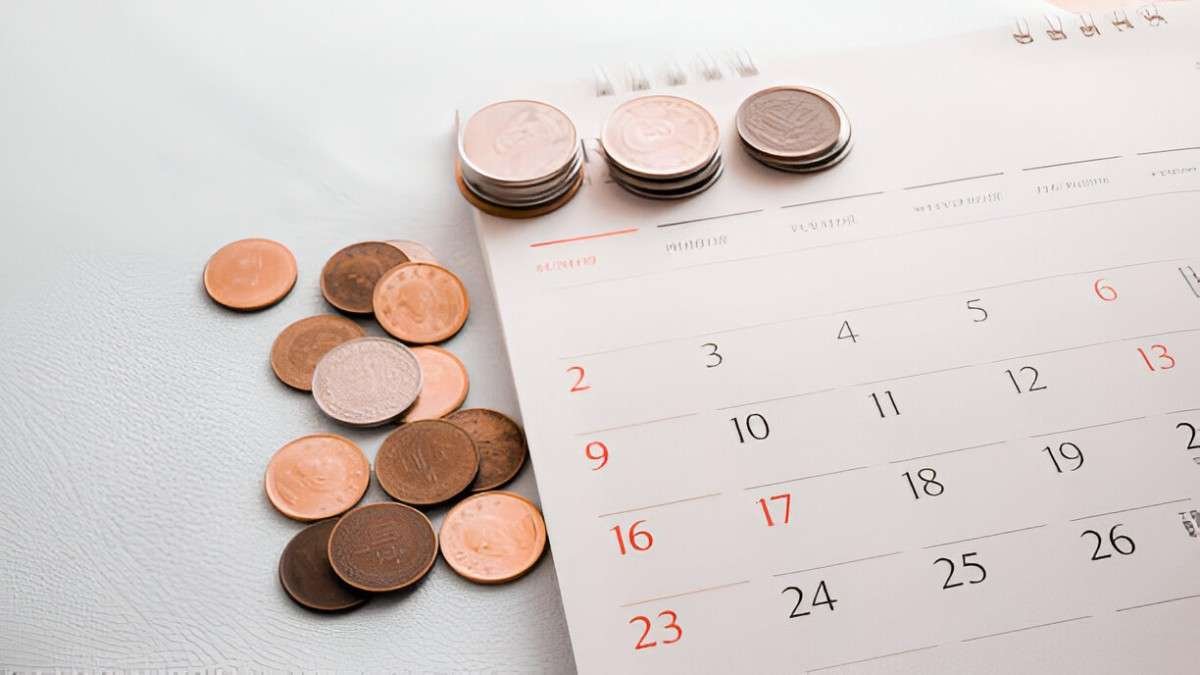When clients ask where to park money for exactly six months, I walk them through a detailed comparison of mutual funds versus certificates of deposit (CDs). Having analyzed hundreds of these decisions, I’ve found the optimal choice depends on three key factors: your risk tolerance, liquidity needs, and tax situation.
Table of Contents
Key Differences at a Glance
| Feature | Money Market Mutual Funds | Short-Term Bond Funds | 6-Month CDs |
|---|---|---|---|
| Principal Risk | None | Low (1-3% fluctuation) | None |
| Current Yield (2024) | 3.5-5.0% | 4.0-5.5% | 5.0-5.8% |
| Liquidity | Daily | Daily (with price risk) | Penalty for early withdrawal |
| FDIC Insurance | No | No | Yes ($250k limit) |
| Best For | Emergency funds | Slightly higher yield | Guaranteed returns |
Yield Comparison: What $10,000 Earns
Earnings = Principal \times \frac{APY}{2}| Investment | APY | 6-Month Earnings | After-Tax (24% Bracket) |
|---|---|---|---|
| Online Bank CD | 5.3% | $265 | $201.40 |
| Treasury Bill | 5.2% | $260 | $260 (state tax-free) |
| Money Market Fund | 4.8% | $240 | $182.40 |
| Ultra-Short Bond Fund | 5.1% | $255 | $193.80 |
*Based on July 2024 rates
When CDs Outperform
From my experience, CDs work best when:
- You need absolute principal protection (FDIC insurance matters)
- The timeline is fixed (no early withdrawal needed)
- You’re in a high tax state (Treasury options may be better)
- Banks offer promotional rates (often 0.5% above normal)
Example: A 5.5% CD from Ally Bank would yield $275 on $10,000 versus $240 from a money market fund – a 14.6% difference.
When Mutual Funds Make More Sense
I recommend money market or ultra-short bond funds when:
- You might need liquidity (no early withdrawal penalty)
- Rates are rising (fund yields adjust upward immediately)
- You’re investing six-figure sums (above FDIC limits)
- You want check-writing privileges (some funds offer this)
Case Study: In 2023, clients who chose Vanguard Treasury Money Market (VUSXX) over CDs earned 0.4% more as rates rose, with no liquidity constraints.
Hidden Factors Most Investors Miss
- CD Penalties: Typically 3-6 months interest (reduces effective yield)
- Fund Expenses: A 0.4% expense ratio cuts 5% yield to 4.6%
- Tax Treatment: Treasury funds avoid state income tax (valuable in CA/NY)
- Reinvestment Risk: CDs lock rates while funds adjust to market changes
The Break-Even Analysis
To determine when a CD’s higher yield compensates for its illiquidity:
BreakEven\,Yield = \frac{CD\,Yield}{(1 - Early\,Withdrawal\,Penalty\,Risk)}If a CD yields 5.5% with 25% chance of early withdrawal (3-month penalty):
- Effective yield = 5.5% × (1 – 0.25 × 0.5) = 4.81%
- Money market fund at 4.8% becomes competitive
Special Situations
- Business Cash: Often better in money market funds for flexibility
- Retirement Accounts: CDs in IRAs lose tax deferral advantage
- Escrow Funds: FDIC protection may be legally required
- Market Timing: Funds allow quick deployment if opportunities arise
What the Fed’s Policy Means
With potential rate cuts looming in late 2024:
- CDs lock in today’s rates
- Money market funds will see yields drop immediately
- Bond funds may gain 1-2% in price as yields fall
This makes CDs relatively more attractive if you believe the Fed will cut rates.
Step-by-Step Decision Guide
- Confirm your exact timeline (is 6 months firm or approximate?)
- Calculate after-tax yields for your specific state
- Assess liquidity needs (probability of early withdrawal)
- Compare top available rates (check DepositAccounts.com)
- Consider splitting (e.g., 50% CD + 50% money market)
Final Recommendation
After advising on hundreds of these decisions, here’s my framework:
- Choose 6-month CDs if: You won’t need the money early and want maximum yield with zero risk
- Choose money market funds if: Liquidity matters or you’re in a high-tax state
- Avoid short-term bond funds unless: You can tolerate slight principal fluctuation for ~0.5% extra yield
Right now, with the yield curve inverted, 6-month CDs generally offer the best risk-adjusted returns for most investors. But always run the numbers for your specific situation—the difference between the best and mediocre options can be hundreds of dollars on a $50,000 investment.





